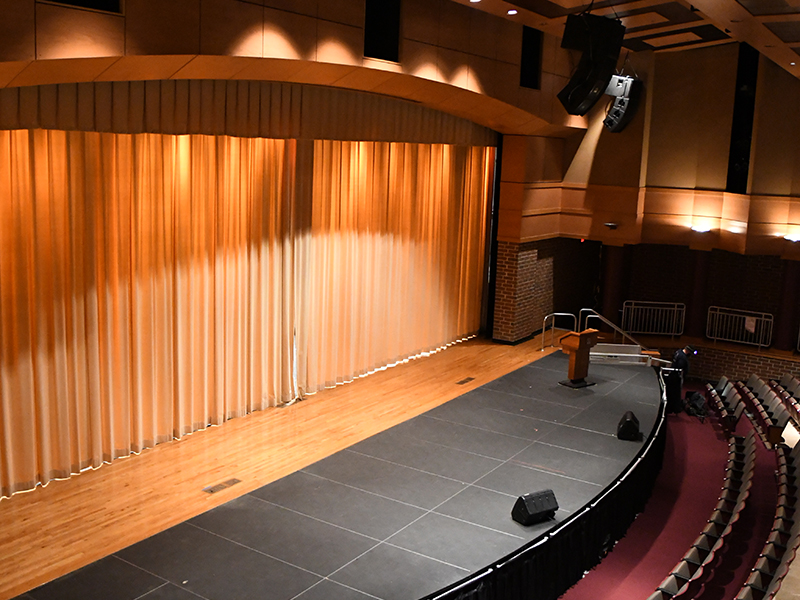While configuring AV installations, the criticality of cabling and connectivity is vital. Proper wiring not only ensures that sound and image quality are retained but also delivers the reliability of the entire system. In any AV arrangement, whether for a learning environment, office, or home theater, streamlining the wiring can lead to better performance and fewer technical issues. This guide will outline essential strategies for enhancing wiring and connectivity in AV solutions.
The primary step in enhancing AV installations is to determine the correct cables for the job. Distinct types of cables fulfill specific purposes, so identifying reliable ones is important. For example, HDMI cables are standard for delivering high-definition video and audio signals. In contrast, balanced audio cables like XLR can eliminate signal noise in sound systems. It is important to assess the distance and quality of these cables, as longer cables can cause signal deterioration. By purchasing premium cables that match the precise needs of the AV configuration, users can significantly enhance overall performance.

Another essential strategy is structuring the wiring efficiently. A systematic wiring system not only looks cleaner but also supports functionality. Using cable management accessories like clips, ties, or sleeves can aid keep wires organized and eliminate tangling. This organization also makes it easier to diagnose any issues that may emerge. Labeling each cable according to its function or origin can minimize time during setups or maintenance. A well-labeled layout helps technicians quickly locate connections, which is especially critical in multi-device systems with multiple devices.
Additionally, analyzing the configuration of the space is crucial for improving connectivity. The placement you could try here of components can impact how signals move through cables. Installing devices too far apart may require longer cables or signal boosters, which can be expensive and reduce quality. It is advantageous to plan the layout of equipment thoughtfully, taking into account the proximity between devices and potential obstacles such as walls or furniture. This intentional placement can minimize issues related to signal loss and improve connectivity throughout the AV system.
Routine maintenance checks are another important strategy for supporting optimal performance of AV cabling and system integration. Over time, cables may become frayed due to movement or deterioration. Regularly inspecting all connections helps detect potential problems before they escalate into serious issues. Swapping out aged take a look at the site here cables and maintaining connectors can maintain signal quality and ensure the system functions smoothly. Using a log for periodic maintenance can help users manage this aspect of their AV setups.
Finally, remaining aware about new technologies and protocols is crucial for anyone managing AV setups. The field is constantly advancing with advancements in technology that can improve integration and functionality. Participating in training sessions, reading industry publications, or becoming a member of professional associations can offer beneficial information into effective methods and new products available on the market. By leveraging these innovations and integrating them to existing systems, users can enhance their AV setups continuously while ensuring they remain in line with industry standards.
In conclusion, optimizing cabling and signal management in AV setups entails thoughtful use of cables, intentional arrangement, well-planned space positioning planning, scheduled maintenance checks, and staying updated on technological advancements. By applying these strategies, users can attain better performance and reliability in their audio-visual setups, ultimately leading to a more enjoyable experience for everyone involved.